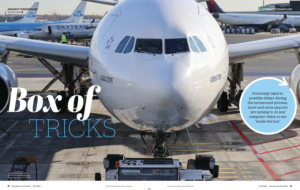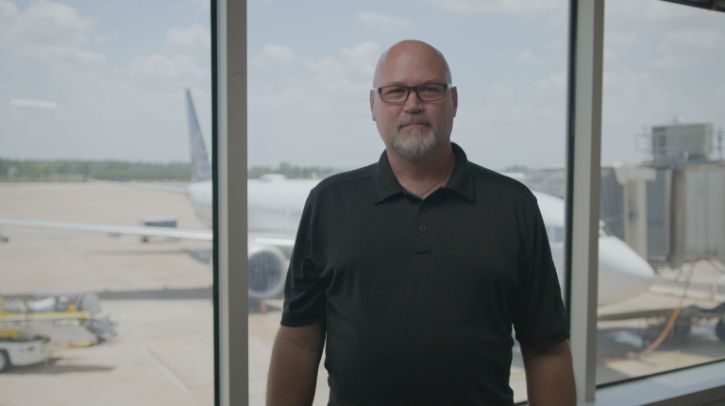Mark Gruver, manager of the Station Operations Center at United Airlines, takes Passenger Terminal World inside the airline’s use of AI and ML to optimize aircraft turnaround.
How is United Airlines preparing for the future?
United Airlines is preparing for the expected passenger surge over the next 10 years and has created the United Next growth plan to cater to this growth. It will take delivery of about 800 new planes between 2023 and 2032. While passengers and aircraft will increase, the airport infrastructures will not and so United needs to ensure each turn is as efficient as possible so that it can maximize its gate usage.
With Assaia’s alerting system, we are notified in real time of events that need immediate attention. This enables us to efficiently use resources and focus on the areas that demand the most attention, keeping trips operating on time and freeing up gates for incoming flights.
How does the technology work?
Recently Assaia’s new TurnaroundControl was introduced. It provides the zonal manager with side-by-side video tiles and process widgets. The change resulted in dramatically increased adoption and, for the first time, a measurable reduction in ground delays.
TurnaroundControl offers in-depth management of turnaround operations in real-time by providing situational awareness of airport resources and human capital. The solution creates highly accurate data for all turnaround processes and other apron events of interest. The system has tracked over 750,000 turnarounds across more than 30 airports.
At this airline, zonal managers are responsible for turnaround operations and timely departures of all flights in their respective zones. They operate as a central coordinating function for all crucial processes like catering, fueling and baggage loading for flights to be able to depart. To only see alerts for flights within their zone, they use the watchlist feature, which acts as an alert filter. They receive alerts and directly reach out to the respective teams in order to solve the problem before it turns into a flight delay.
The feature’s scalability excites me the most, as it supports our ongoing terminal expansion without increasing manpower significantly. Its AI and machine learning (ML) capabilities support simultaneous monitoring of multiple gates, enabling zone controllers to focus on exception management and enhancing overall safety. The system’s ability to capture data points for after-action reports helps us identify operational improvement opportunities, supporting future growth.
What benefits has the deployment provided?
Benefits reaped from this implementation include a reduction in average ground delay of almost two minutes, resulting in US$277,710 savings in February 2024. In total, US$2,690,684 in potential savings per year were highlighted at the nominated airport, and US$169m savings potential was identified across our network annually. Additionally, reduced ground delays meant efficient use of gates and potential for additional landings.
How has the tool affected your operations? Are there any specific examples of problems or delays it has helped to highlight?
TurnaroundControl has integrated smoothly with our workflows, supporting scalable growth – vital during our terminal construction. The use of AI and ML to boost our zone controllers’ efficiency is remarkable. They can now manage multiple gate activities with more focus on handling exceptions, rather than multitasking. The AI-driven alerts have notably raised our ground crews’ safety standards, meaning zone controllers can focus on urgent tasks. The real game-changer, though, might be the post-operation benefits. The reports and analytics provide crucial insights, identifying precise areas for improvement and driving continuous progress. This is more than a tool for the present; it’s a foundation for United Next, growing with us and helping us surpass our operational goals efficiently.
How has it helped prediction and why is this important?
Assaia enables us to anticipate challenges because we have 24/7 visibility and a proven system that generates positive operational benefits and results. It helps us anticipate the delay by noticing the predicted value, which means we can spring into action to mitigate an operational impact through coordination with teams and resources.
For more of the top insights into the future of aircraft turnaround, read Passenger Terminal World’s exclusive feature ‘How are airports revolutionizing the turnaround process with AI and computer vision?’, here.


